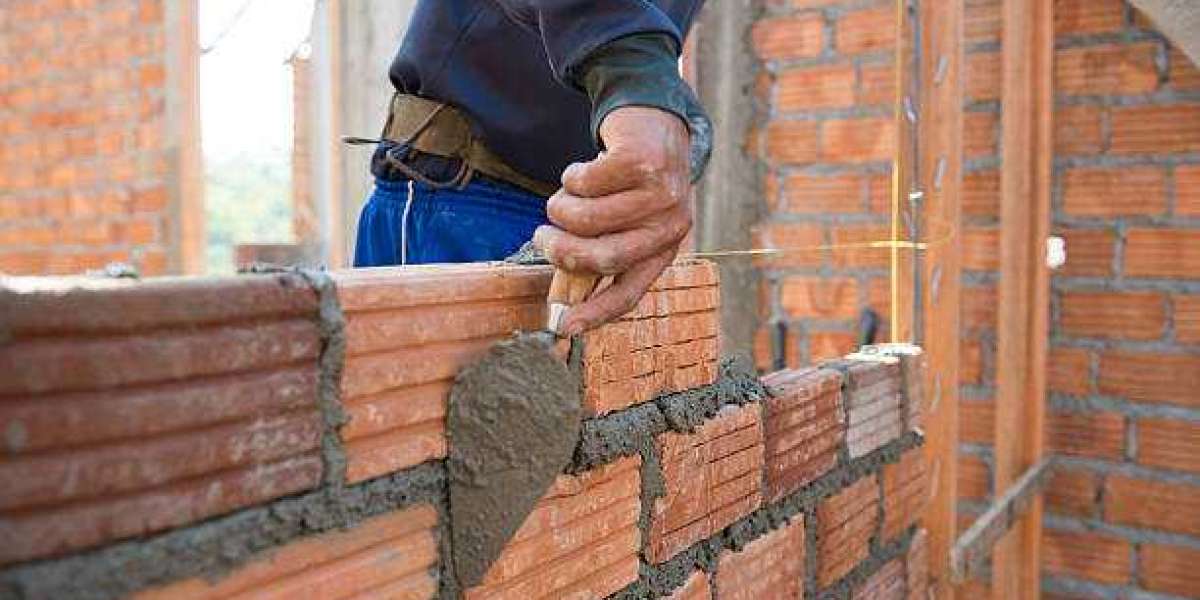Masonry structures are known for their durability and timeless appeal. From historic buildings to modern homes, the use of bricks and stones can add significant aesthetic and structural value. However, like any other building material, masonry requires regular maintenance to preserve its integrity and appearance. One crucial maintenance practice is tuck pointing. This article delves into why tuck pointing is essential for maintaining your masonry, ensuring that your brickwork remains both beautiful and strong.
What is Tuck Pointing?
Tuck pointing is a technique used to repair the mortar joints between bricks or stones. Over time, the mortar can deteriorate due to weather conditions, moisture, and other environmental factors. Tuck pointing involves removing the old, damaged mortar and replacing it with new mortar to restore the masonry’s original appearance and strength.
Signs That Your Masonry Needs Tuck Pointing
Identifying when your masonry needs tuck pointing is crucial for timely maintenance. Here are some signs to look out for:
Cracked or Crumbling Mortar:
One of the most obvious signs is when the mortar between the bricks starts to crack or crumble.
Gaps in Mortar Joints:
If you notice gaps forming in the mortar joints, it indicates that the mortar is deteriorating and needs to be replaced.
Loose or Damaged Bricks:
Loose or shifting bricks are a sign that the mortar has lost its binding capacity.
Water Infiltration:
Damp spots or water infiltration inside the building can indicate that the mortar is no longer providing a waterproof seal.
Efflorescence:
A white, powdery substance on the surface of the bricks is a sign of moisture seeping through the masonry, indicating damaged mortar.
Benefits of Tuck Pointing
Tuck pointing offers numerous benefits that go beyond simple repair. Here’s why it’s essential for maintaining your masonry:
1. Enhanced Structural Integrity
The primary function of mortar is to hold the bricks or stones together. When mortar deteriorates, it compromises the structural integrity of the entire masonry. Tuck pointing restores the mortar joints, ensuring that the masonry remains stable and strong.
2. Improved Aesthetic Appeal
Old, damaged mortar can make a building look neglected and worn out. Tuck pointing refreshes the appearance of the masonry, giving it a clean and well-maintained look. This is particularly important for historic buildings and properties that aim to preserve their original charm.
3. Preventing Water Damage
Damaged mortar joints can allow water to seep into the masonry, leading to serious issues such as mold growth, wood rot, and interior water damage. Tuck pointing creates a waterproof seal, protecting the building from moisture-related problems.
4. Increasing Property Value
Well-maintained masonry can significantly enhance the curb appeal and overall value of a property. Whether you’re planning to sell or simply want to maintain your investment, tuck pointing is a cost-effective way to increase property value.
5. Energy Efficiency
Cracked or damaged mortar joints can allow drafts to enter the building, leading to higher energy costs. Tuck pointing helps to seal these gaps, improving the energy efficiency of the building by keeping the interior temperature stable.
How Often Should Tuck Pointing Be Done?
The frequency of tuck pointing depends on several factors, including the age of the building, the quality of the original construction, and exposure to environmental conditions. As a general rule, masonry should be inspected every 5 to 10 years to identify any signs of mortar deterioration. Regular maintenance by contacting a qualified professional can help extend the life of your masonry and prevent more costly repairs in the future.
Conclusion
Tuck pointing is an essential maintenance practice for preserving the beauty and structural integrity of masonry buildings. By addressing damaged mortar joints promptly, you can prevent water damage, improve energy efficiency, and enhance the overall appearance of your property. Whether you choose to tackle the project yourself or hire a professional, the key is to ensure that the work is done correctly and with attention to detail. Regular tuck pointing can help maintain the charm and durability of your masonry for generations to come.








